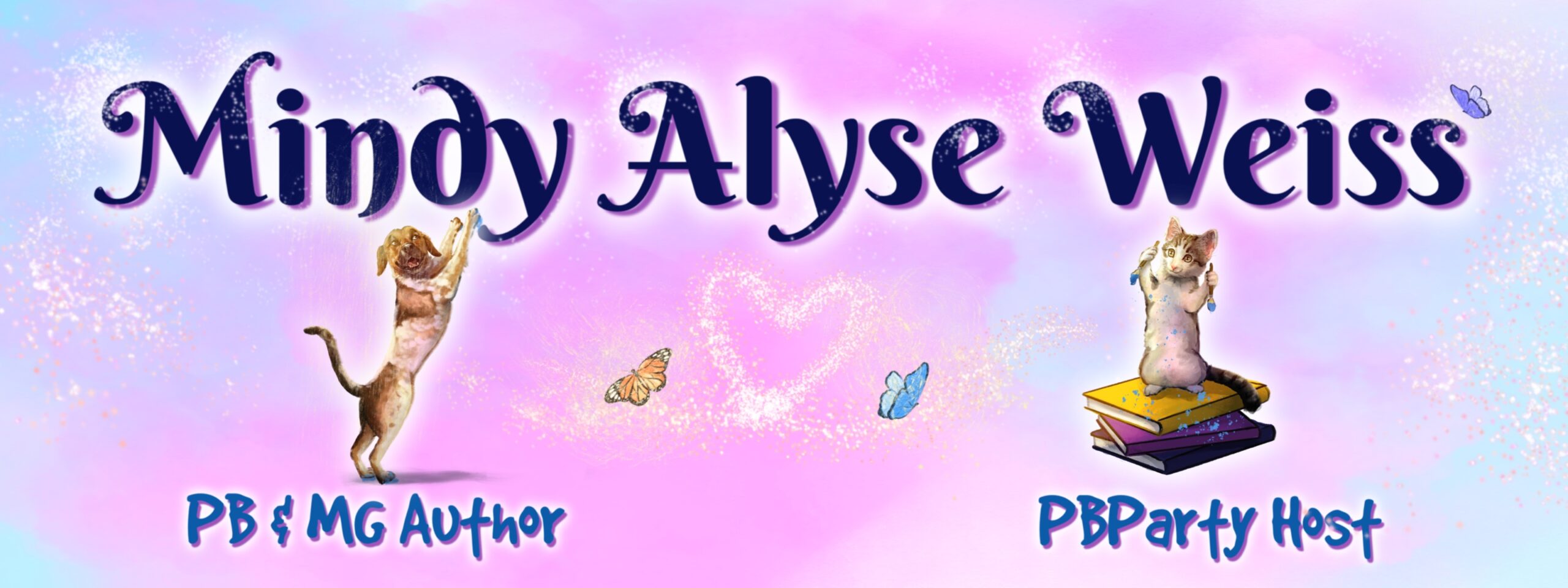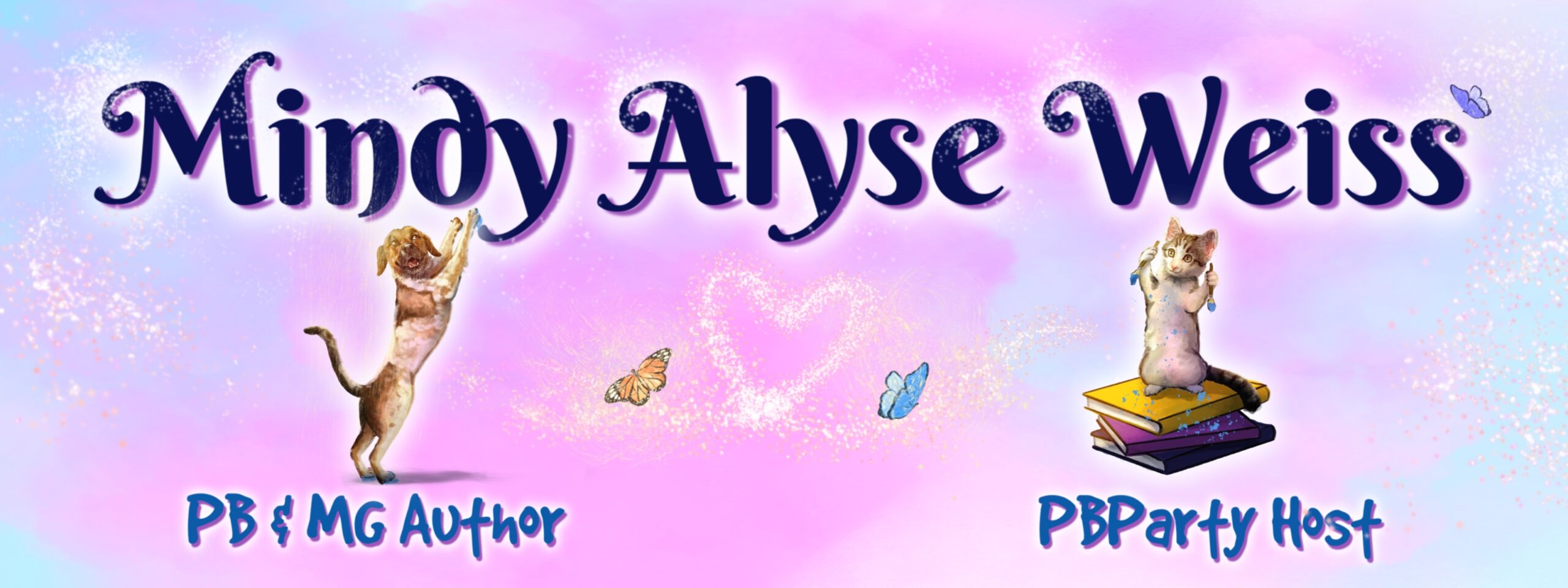
GENRE: *Diverse, Non-Fiction
WORDS: 668
Query:
Dear Agents and Editors:
Thank you for considering my Holocaust nonfiction picture book. Based on my own family’s history, HIDDEN LENS: THE SECRET PHOTOGRAPHS OF THE LODZ GHETTO (668 words with optional backmatter) is the remarkable true story of the thousands of photographs that survived the Lodz Ghetto and the Jewish photographer who risked his life to capture them.
During WWII, a Jewish prisoner was forced to take official Nazi propaganda photographs that pretended life in the Lodz Ghetto was normal, even happy. What the Nazis didn’t know was that the photographer was secretly documenting the real Ghetto experience.
The photographer’s name was Henryk Ross, and just before the Ghetto prisoners were sent on their final death march, he buried his photographs in the ground. Though he survived to retrieve the photographs after the Holocaust, the world rejected the stories that they told.
Seventy years later, the photographs were finally catalogued, restored, and shared by museums around the world. Then, one day, a Holocaust surviving grandfather, his son, and his grandchild went to see the photographs, some which showed the grandfather as a young boy.
In the engaging biographic style of HIDDEN HOPE and THE TOWER OF LIFE, HIDDEN LENS is the poignant reminder that the Holocaust is not ancient history.
I am the granddaughter of the Lodz Ghetto Holocaust survivor who visits the museum exhibit in HIDDEN LENS. You can find me in schools sharing my grandfather’s story, published in the online parenting magazine, Kveller, and on Instagram and YouTube running @diversejewishbooks, where I uplift diverse representation in Jewish children’s books. I also was selected for and participated in the 2024 PJ Library Picture Book Summer Camp at the Highlights Foundation.
Should you be interested, I also have other diverse fiction picture book manuscripts.
Thank you for your time and consideration,
Excerpt:
The Polish city of Lodz hummed with everyday life, work, and people to photograph.
Henryk Ross and his camera captured it all.
But on September 1, 1939, life in Lodz came to an abrupt halt.
Overwhelmed by tanks, troops, and planes, Poland never stood a chance. Within eight days, the Nazis occupied Lodz and set out to rid the world of Jewish people.
Henryk had a problem.
What inspired you to write this story & what do you have in common with it:
My grandfather was one of the 877 remaining survivors in the Lodz Ghetto.
In 2017, the Boston Museum of Fine Arts hosted an exhibit called Memory Unearthed: The Lodz Ghetto Photographs of Henryk Ross. My grandfather was the only survivor of the Lodz Ghetto to visit the exhibit. He saw himself in these photos, captured during his most formative years.
I’m fascinated and devastated by the world’s 70 year rejection of this archive, the largest collection taken by a Holocaust prisoner. As fewer survivors remain to share their experiences firsthand, I want to enshrine these stories for future generations.


4 Comments
Leave your reply.